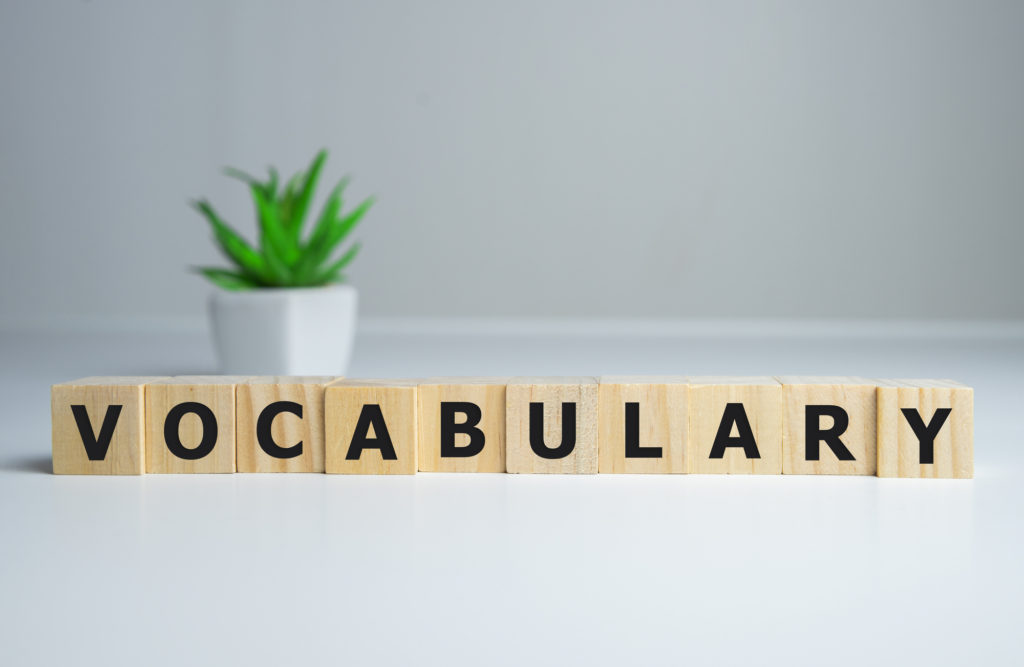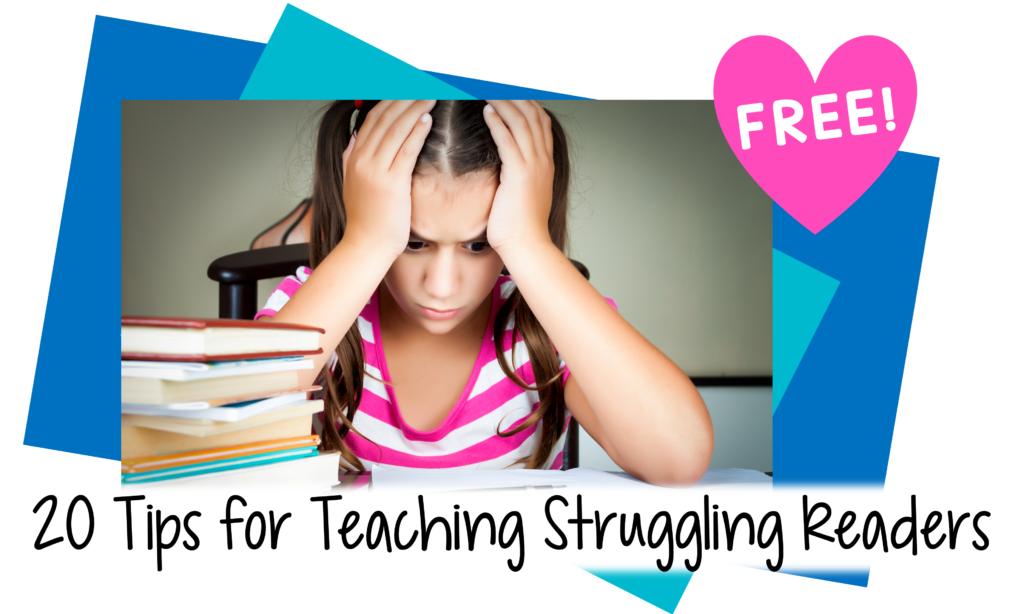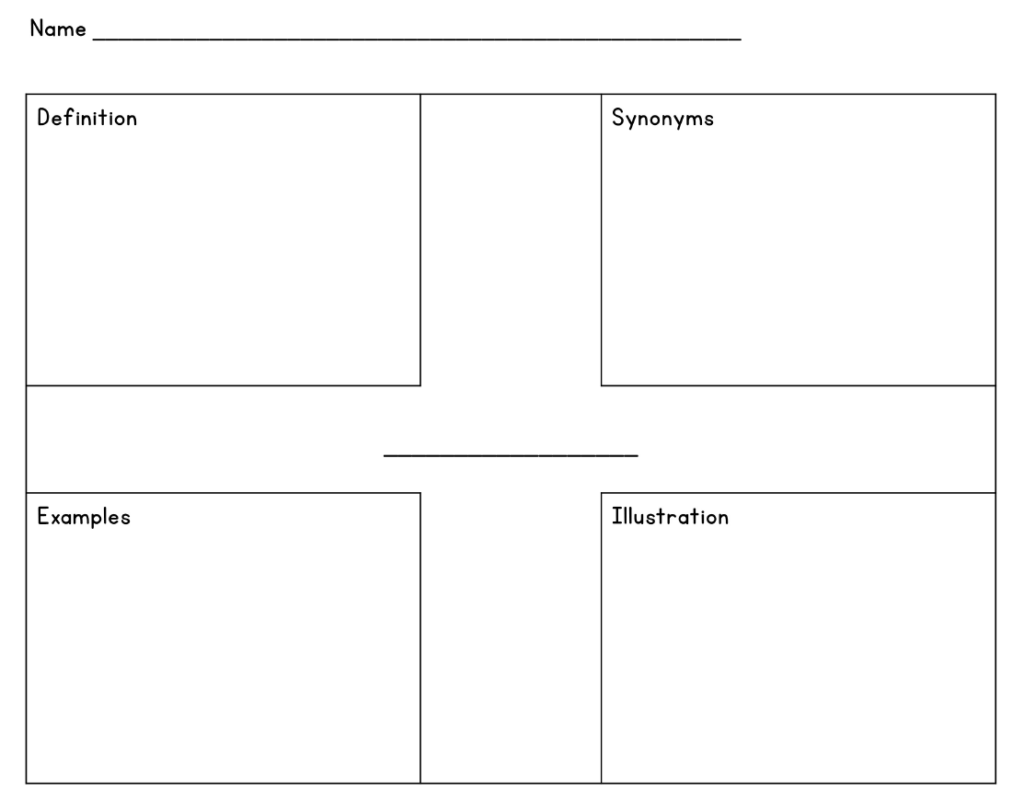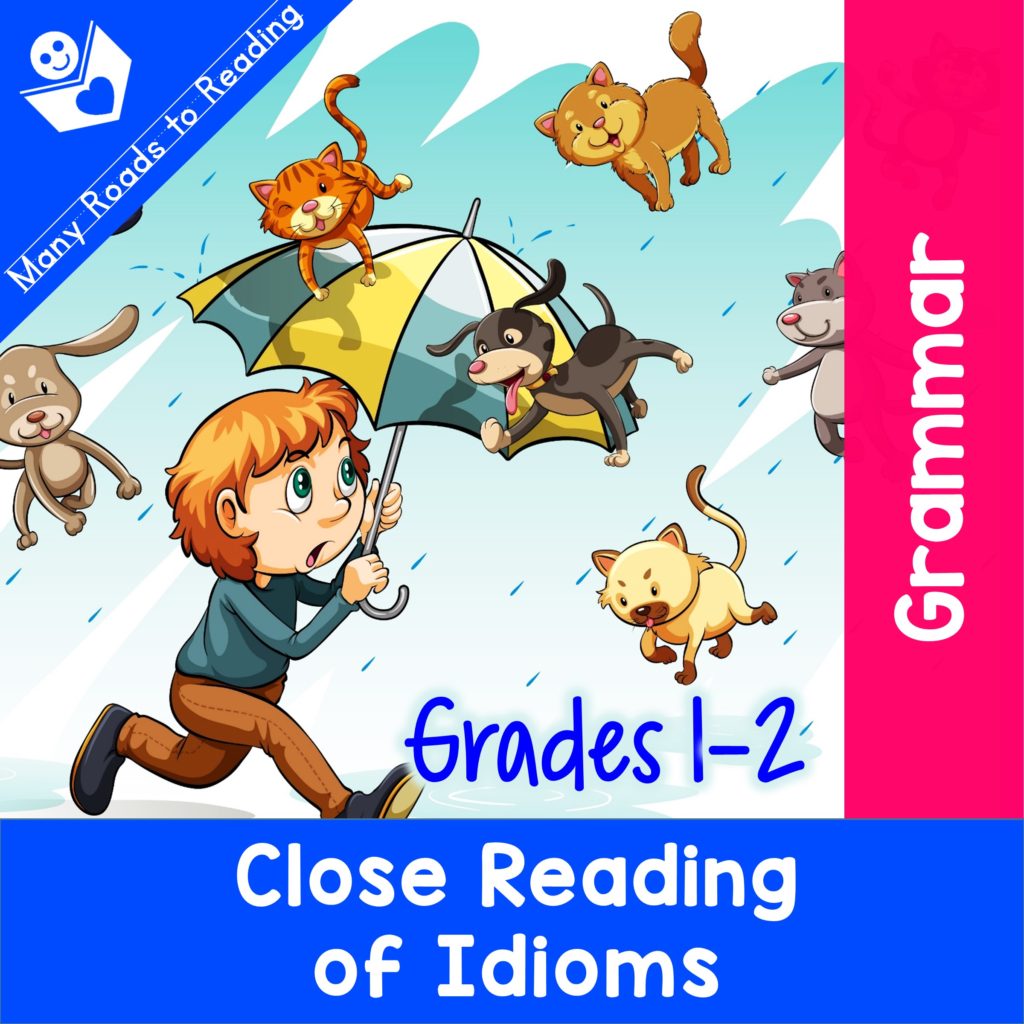This is the second post on teaching vocabulary to beginning readers. Here is the first post:
Teaching Vocabulary, Part 1: Introducing Words

Once youngsters have a decent sight vocabulary, decoding ability, and understanding that words can be categorized in various ways, it’s time to broaden our vocabulary instruction to:
- word webs;
- dictionary skills;
- Tier 2 words;
- literal vs figurative language.
Word Webs
Word webs serve a number of purposes in vocabulary development. They help students:
- appreciate rich word meanings;
- make connections between words;
- and expand their vocabularies.
There are many different kinds of word webs, but below is a simple one to get you started. It’s helpful to start by demonstrating the word web with a known word. Click on the image to download the pdf version of the web.
You obviously wouldn’t have time to use webs with all new words, but filling them out even for even a few words helps children think about words in a deeper way. Choose the web that fits your purpose for exploring the word: comparing words, morphemic awareness, phonetic analysis, parts of speech, using the word in context, and more.
Dictionary Skills
You may have noticed, in my last post, that I mentioned my aversion to teaching dictionary skills to beginning readers. Alas, there does come a time when we need to introduce this reference tool to our students. Find a children’s dictionary you think is suitable for your students. There are some fabulous illustrated ones available.
It’s up to you whether you want to use online dictionaries or hard copies. When I went to the bookstore to buy a dictionary as a present for my son’s high school graduation (as my father had done for me), the sales clerk told me that he would never use a printed dictionary. As it turns out, he never has, nor do I anymore! But, for young children learning how dictionaries work, you may want to start, at least, with good old-fashioned printed copies.
Games are a great way to teach kids about using dictionaries. You can have word-finding races, mystery words with clues (guide words, first letter, second letter, definition, part of speech), real or made-up definitions, or scavenger hunts. Practicing alphabetical order is a useful skill to work on before doing dictionary work. Your students will love making their own dictionaries, too!
A kids’ thesaurus can also be a treasure trove for lovers of words, or even help turn readers into word-lovers.
Tier 2 Words
Vocabulary tiers were first described by Isabel Beck and Margaret McKeown (Beck, I. & McKeown, M. 1985. Teaching Vocabulary: Making the Instruction Fit the Goal. Educational Perspectives, 23).
- Tier 1 Words – everyday words that children pick up naturally in conversation and that don’t need to be taught (blue, mother, wagon, plain)
- Tier 2 Words – words that do need to be taught; appear mostly in school-related texts across a number of subjects; are useful in the school setting; and include more sophisticated synonyms of Tier 1 words (opposite, negative, focus, ordinary)
- Tier 3 Words – rare words that appear in specific subject areas (feudal, photosynthesis, stegosaurus)
The idea of tiers is helpful in guiding teachers toward which words to teach. My time is limited with my students, so I try to figure out the words that will give them the most power. I do teach several Tier 2 words to very early readers, but this instruction is done orally while teaching concepts of print and how books work (e.g., author, title, fiction, nonfiction, letter, word, sentence, character, setting, beginning, ending, predict, table of contents, index).
Eventually youngsters encounter Tier 2 words in their reading. At this point, I try to focus on academic vocabulary that kids will need to read their assignments, take tests, and complete writing projects. Examples are explain, discuss, illustrate, question, statement, reason, opinion, detail, main idea, true, false, diagram, summarize, describe, compare, contrast, evaluate, however, although, instead, for example, in addition, also, because, understand, and important.
Some Ways to Teach Tier 2 Words:
- Word webs
- Closure
- Morphemic analysis (include/exclude, etc.)
- Flashcards
- Vocabulary challenges
- Synonyms
Many of the new Tier 2 words are synonyms for terms I introduced to children earlier. For example, instead of using the terms question and statement with beginning readers, I initially call them asking sentences and telling sentences. Same goes for question marks and exclamation marks (asking marks and yelling marks).
Literal vs Figurative Language
I don’t get into similes, metaphors, or other literary devices with my beginning readers; that comes in the middle grades. But I do teach literal and figurative language when kids first come across idioms in their reading.
So many idioms have become part of our everyday speech that we often use them without realizing it.
I ran into my friend at the store.
Cross your fingers!
Let’s pig out!
Teaching idioms is especially productive for youngsters who are learning English as a second language. All kids who are ready to think about figurative language get a kick out of learning about idioms. (Aha! There’s an idiom!)
That’s it for teaching vocab, at least for now. I’m sure you have many more ideas of your own. Feel free to share them in a COMMENT BELOW.
Have fun turning your students into wordsmiths, or–better still–word-lovers!




Leave a Reply